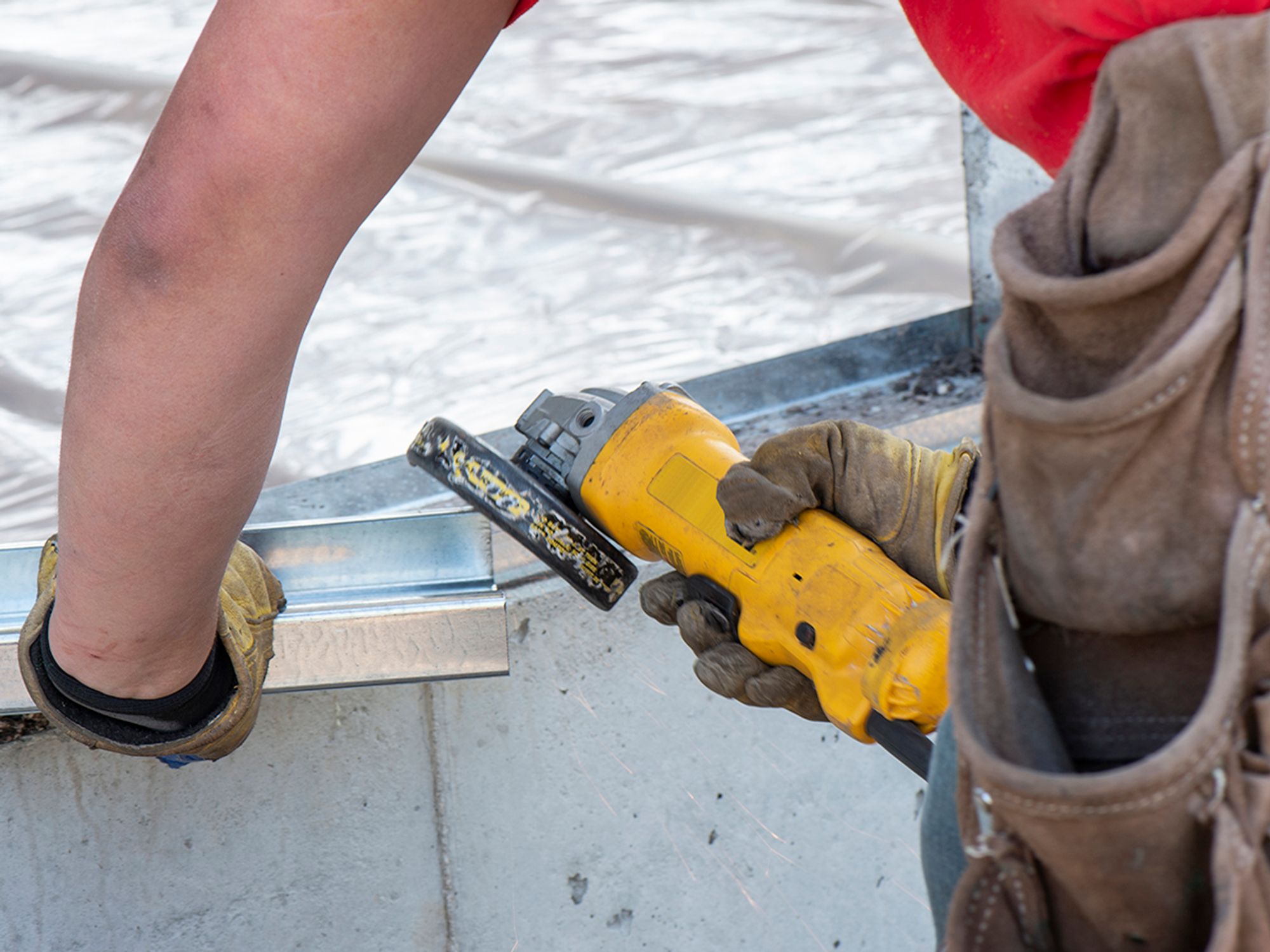InstituteSafety & HealthHand and Other Portable Powered ToolsGeneral Industry SafetyTool SafetyIn Depth (Level 3)Tool SafetyEnglishAnalysisFocus AreaUSA
Hazards of power tools
['Tool Safety']

- Safety measures that should be followed when working with power tools include wearing PPE, using all tools properly, ensuring the tool is working properly before using, not wearing clothing or jewelry that might get caught in the tool, keeping others a safe distance from the tool, and more.
Appropriate personal protective equipment such as safety goggles and gloves must be worn to protect against hazards that may be encountered while using power tools. Workplace floors shall be kept as clean and dry as possible to prevent accidental slips with or around dangerous power tools.
Power tools must be fitted with guards and safety switches; they are extremely hazardous when used improperly. The types of power tools are determined by their power source: electric, pneumatic, liquid fuel, hydraulic, and powder-actuated.
To prevent hazards associated with the use of power tools, workers should observe the following general precautions:
- Never carry a tool by the cord or hose.
- Never yank the cord or the hose to disconnect it from the receptacle.
- Keep cords and hoses away from heat, oil, and sharp edges.
- Disconnect tools when not using them, before servicing and cleaning them, and when changing accessories such as blades, bits, and cutters.
- Keep all people not involved with the work at a safe distance from the work area. Secure work with clamps or a vise, freeing both hands to operate the tool.
- Avoid accidental starting. Do not hold fingers on the switch button while carrying a plugged-in tool.
- Maintain tools with care; keep them sharp and clean for best performance.
- Follow instructions in the user’s manual for lubricating and changing accessories.
- Be sure to keep good footing and maintain good balance when operating power tools.
- Wear proper apparel for the task. Loose clothing, ties, or jewelry can become caught in moving parts.
- Remove all damaged portable electric tools from use and tag them: “Do Not Use.”
